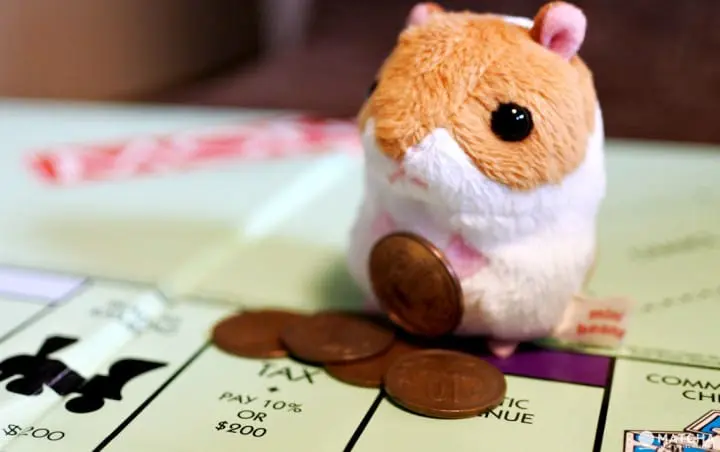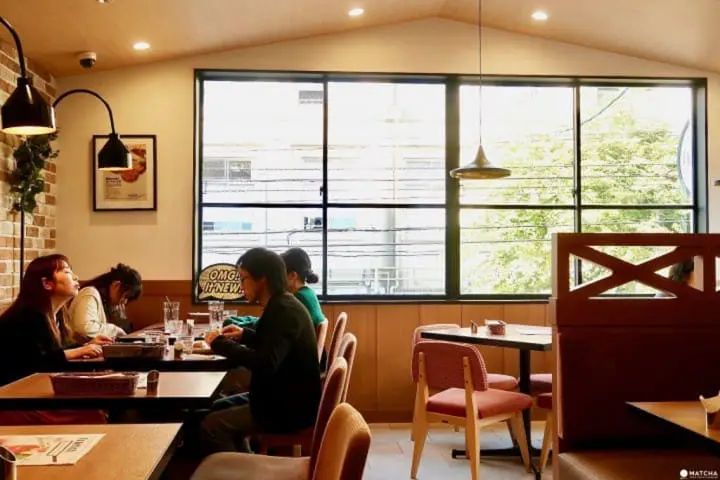From 8% To 10% - Guide To Japan's 2019 Consumption Tax Increase

Consumption tax in Japan increases from 8% to 10% October 1, 2019. This guide covers how the change affects tourists, shopping, and duty-free items, as well as airplane prices and food and drink with reduced sales tax. Learn how to adjust your trip budget and travel smart even with higher taxes.
All About Japan's Consumption Tax Raise
The Japanese government announced that starting Tuesday, October 1, 2019, the national consumption tax will increase from 8% to 10%. Expenses increase slightly due to this policy change.
As international travelers receive tax exemptions, there is little need to worry about sales tax, but certain factors could affect your trip slightly. This article includes a brief explanation of the consumption tax increase and what it means for travelers.
What is Consumption Tax?

To put it simply, consumption tax is money taken by a retailer every time a person purchases something. It is one form of national tax.
Japan’s consumption tax is 8% but will be raised to 10% starting in October 2019. For example, products in 100 yen shops will become 110 yen while 400 yen coffee will be 440 yen.
Consumption Tax and Dining Out

Picture from Ivorish Fukuoka – Fluffy, Delicious French Toast You Won’t Mind Waiting In Line For! (Chinese)
When coming to Japan, you can’t avoid paying taxes for food and beverage purchases.
However, a reduced tax rate system for a consumption tax in Japan makes it easier on your wallet.
What are Reduced Tax Rates?

Picture from Didn’t Bring Enough Japanese Yen? 6 Ways To Get More Yen! (Chinese)
Currently, a flat consumption tax of 8% is charged when a customer makes a purchase. Following October 1, 2019, consumption tax will be 10%.
However, some products will remain taxed at 8% even after October 2019, using what is called a "reduced tax rate."
Many items fall under a reduced tax rate including groceries (except for alcohol, medical supplies, and meals at restaurants) and subscription newspapers. These products are taxed at a reduced rate of 8%.
Below is a fuller list of products that do not fall under the reduced tax rate and will be taxed at 10%.
| Product Category | Applied Tax Rate |
| Alcohol | 10% |
| Medical Supplies | 10% |
| Restaurants and Dining Outside* | 10% |
| Catering | 10% |
*Dining outside is when you have food or drinks at a seat inside a store setting. This includes restaurants (staff cafeterias and dining halls are included), food malls, food stalls, room service, the dining areas of fast food stores such as McDonalds, and the use of seats inside convenience stores. However, consumption tax will be 8% if you take your food to go.
Seating Inside Convenience Stores

Photo by Pixta
Customer A: Please heat up this bento (320 yen).
Customer B: Please heat up my bento as well (320 yen).
Customer C: Mine too.
Customer D: Me too.
Employee: Will you be eating for here or to go?
Customer A: I’ll be eating here (total cost of 352 yen).
Customer B: I’ll be taking it to go (total cost of 345 yen, 6 yen cheaper than eating at the store).
Customer C: I’ll be taking it to go, but I’ll be eating inside the store (said in a way that leaves the price up to the employee).
Customer D: I’ll be eating outside the store at the street corner (total cost of 345 yen; please note it is not polite to do this in Japan).
Be sure to say “O-mochi kaeri (I’ll take it to go)” to avoid the 10% tax. Say it when as soon as you get to the register so the employee will calculate your total cost with 8% consumption tax.
However, there are still unknown factors and debatable parts of the tax on dining out and food. International travelers should also take precautions when purchasing food.
Purchases Over 5,000 Yen are Tax-Free

Picture from Sapporo Tanukikoji – All Types Of Shops In One Place! Shop Till You Drop (Chinese)
This is a system we believe international tourists understand very well. Japanese residents must pay a 10% sales tax, but international tourists are exempt from this tax through this system. Below are duty-free items.
General merchandise such as clothing, electrical appliances, and furniture:
Make a purchase over 5,000 yen (before tax) at the same store on the same day. This is restricted to those that will be leaving the country within six months.
Consumable goods such as medicine and cosmetics:
Make a purchase between 5,000 – 500,000 yen (before tax) at the same store on the same day. Products cannot be opened while in Japan, and only visitors leaving the country within 30 days can use this.
It is possible to calculate both general and consumable goods into one total. When added together, your total will be exempted from tax if it is between 5,000 – 500,000 yen (before tax). If these items are bagged together, your items will conform to the restrictions of consumable goods and must leave the country within 30 days.
Departure Tax – In Effect as of January 2019

Picture from Duty Free Shops In Japan – How To Use Them?
This is something much more familiar than consumption tax and has no countermeasures. The Japanese government began collecting departure tax on Monday, January 7, 2019.
This tax targets everyone leaving Japan, regardless of citizenship. If you are the age of two or older and flying by air, a separate 1,000 yen will be collected in addition to your airfare. Tourists who are not particularly sensitive about money may feel the increase in prices when purchasing their airline tickets.
The Point-Return System

Picture courtesy of PR TIMES (Japanese)
The Japanese government fears that following the tax increase, citizens’ desire to make purchases will decrease and cause expenditure to grow stagnant. Thus, they have thought of several measures. Along with the reduced tax rate mentioned above, they are also considering the point-return system.
The point-return system can only accommodate cashless payments, such as electric payments and credit cards. You can receive 2% points back by making your payment with Apple Pay or a credit card at convenience stores, restaurants, and other major chain stores. A 5% point back option is expected to be implemented at smaller non-chain stores.
This method will save time exchanging money to Japanese yen and reduce the annoyance of accumulating small change, so keep it in mind.
Consumption Taxes in Japan
The consumption tax increase to 10% will impact on those living in Japan but likely won’t affect international travelers except for a slight increase in food expenses.
With an increase in annual national income from the consumption tax rise, there will likely be positive, indirect effects that even travelers will experience. From a long-term perspective, the increase in consumption tax is thought to be beneficial for all.
* This article is translated and edited from an article originally in traditional Chinese.






































